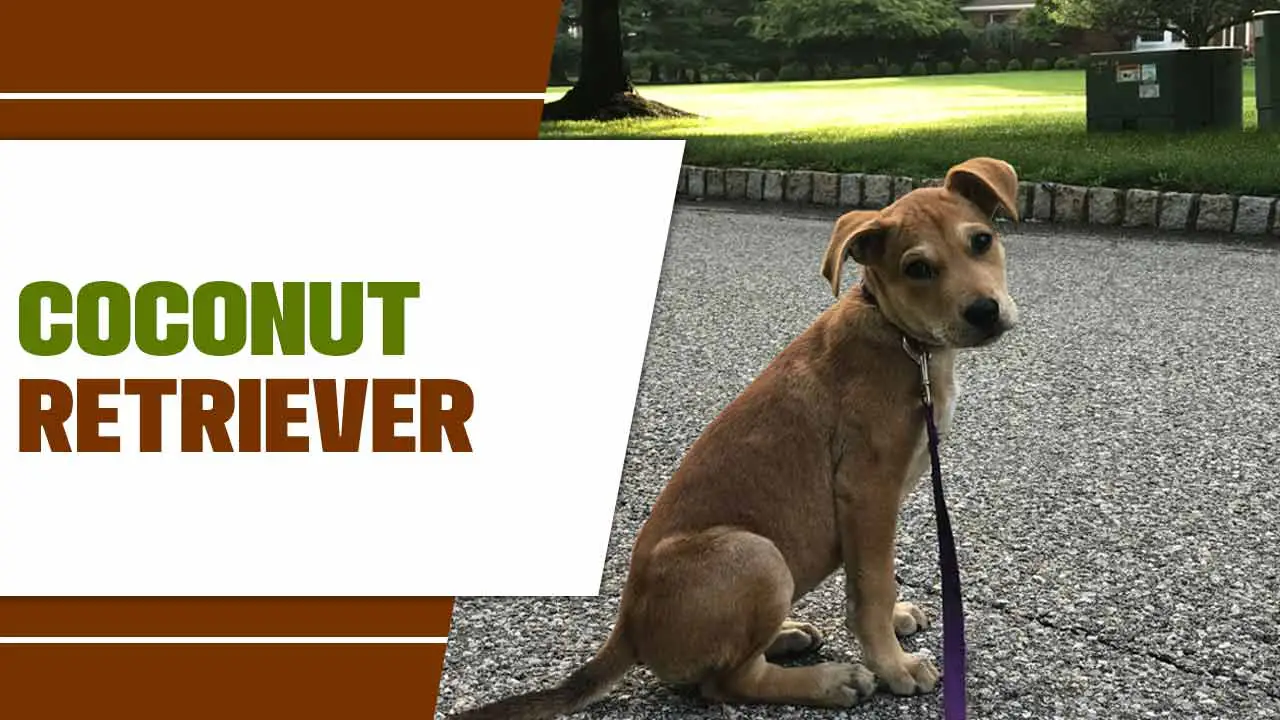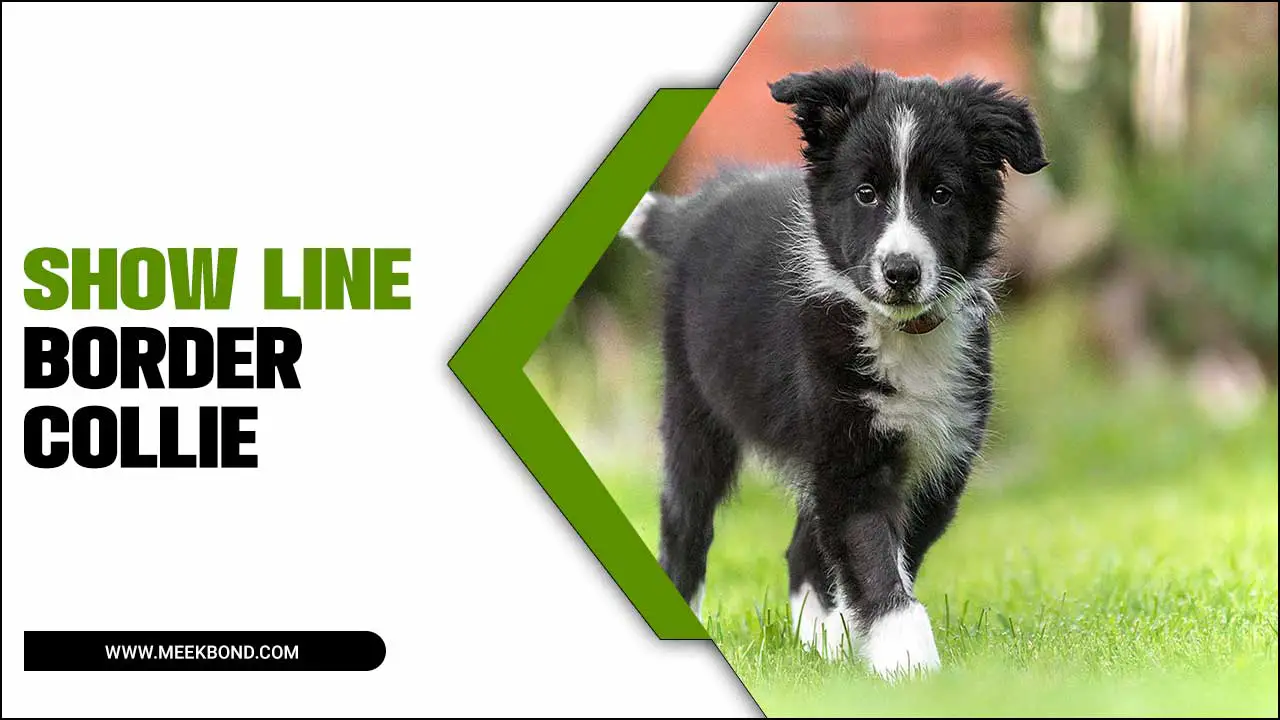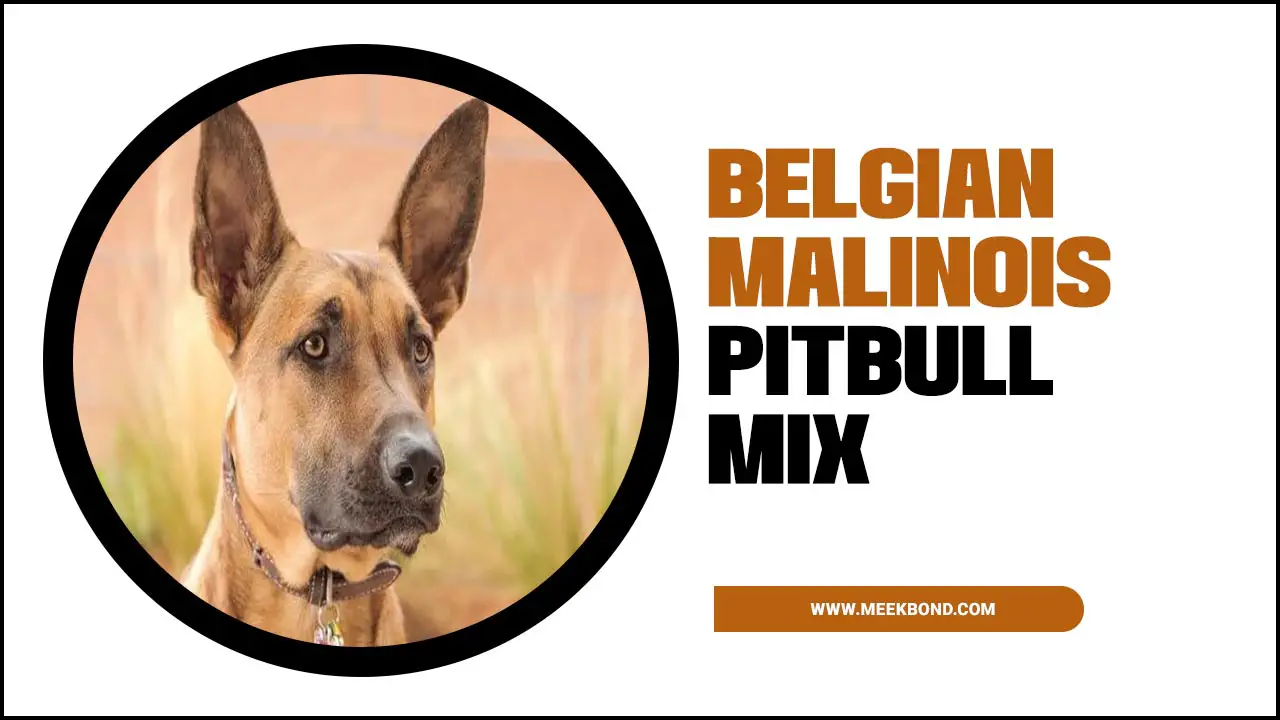Dogs are man’s best friend, but sometimes, they can become aggressive toward other dogs, and it can be difficult to understand why.
One common problem that many dog owners face is their dog biting other dogs’ legs. This behaviour can be worrisome, leading to serious injuries and conflicts between dogs. Understanding the causes of this behaviour and how to prevent it is essential for every dog owner. We will explore why dogs bite other dogs’ legs, the signs to look out for, and effective ways to prevent this behaviour.
We will delve into why dog biting other dogs legs. Several factors can contribute to this behaviour, including fear, anxiety, and territorial issues. Dogs can also bite out of frustration, pain, or as a form of play. Identifying the cause of your dog’s behaviour is crucial in determining the right approach for prevention. We will discuss the signs that indicate.

Dog Biting Other Dogs Legs: Understanding The Root Causes
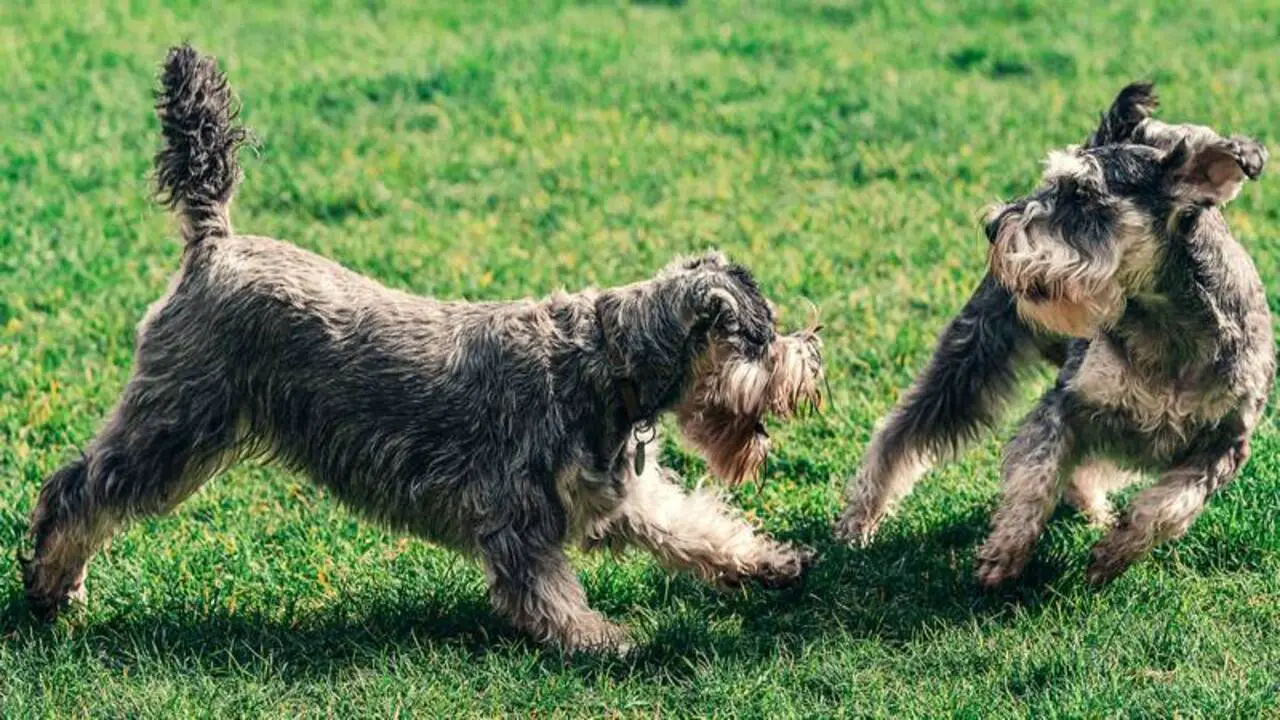
Dog biting other dogs legs is a common issue in the canine world that various factors can cause. To prevent this behaviour and ensure the safety and well-being of all dogs involved, we must understand its root causes. Here are some possible reasons why dogs may engage in leg biting:
- – Dogs who are scared or anxious may bite to defend themselves or cope with stress due to fear or anxiety.
- – Playfulness: In some cases, leg biting may be part of a playful interaction between dogs. However, it’s important to distinguish between playful biting and aggressive biting.
- – Dominance or territoriality: Dogs that are overly possessive of their space or resources may use biting to assert their dominance or defend their territory.
- -Dogs that haven’t been socialized properly may resort to biting to communicate or establish boundaries because they may not know how to interact with other dogs.
Types Of Aggressive Behaviors In Dogs
Dog biting other dogs’ legs is one of the dogs’ most common aggressive behaviours. Dogs that exhibit aggressive behaviour can pose a risk to other dogs and humans alike. It is important for dog owners to identify the type of aggressive behaviour their dog is exhibiting to address it properly. Here are some types of aggressive behaviours in dogs:
- – Territorial aggression: Territorial Dogs may be aggressive towards other dogs that enter their space or approach their owners.
- – Fear aggression: Afraid dogs may display aggression towards other dogs to protect themselves.
- – Dominance aggression: Dominant Dogs may challenge other dogs and display aggressive behaviour to establish dominance.
- – Redirected aggression: Dogs that cannot direct their aggression towards the source may redirect it towards another dog.
Identifying the type of aggression your dog exhibits is crucial in addressing the behaviour.
Dog Biting Other Dogs-Legs: How To Prevent Them
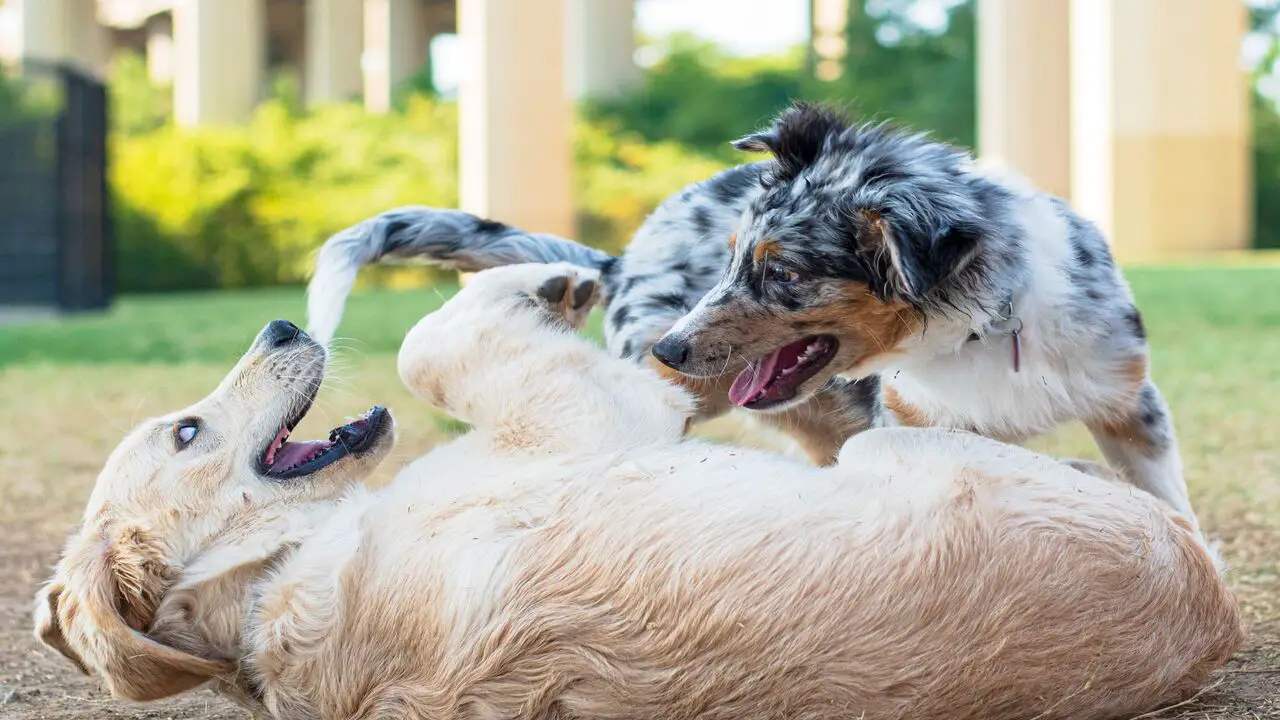
Dog biting can be a serious issue, especially if your dog is biting other dogs’ legs. This behaviour is dangerous for the other dog and can also result in legal action against you. Fortunately, there are several steps you can take to prevent your dog from biting other dogs’ legs. Here are some helpful tips:
- 1. Socialize your dog – Socializing your dog with other dogs early on can help them learn appropriate play behaviour. This will also teach your dog how to communicate with other dogs without biting.
- 2. Train your dog – You can help them understand what is expected of them by providing basic obedience training. This can include commands such as “leave it” and “stop.”
- 3. Use positive reinforcement – Reward your dog for good behaviour, such as playing nicely with other dogs. This will encourage them to continue this behaviour in the future.
- 4. Use a leash and muzzle – If your dog is prone to biting other dogs, use a leash and muzzle can.
Training Your Dog To Socialize With Other Dogs
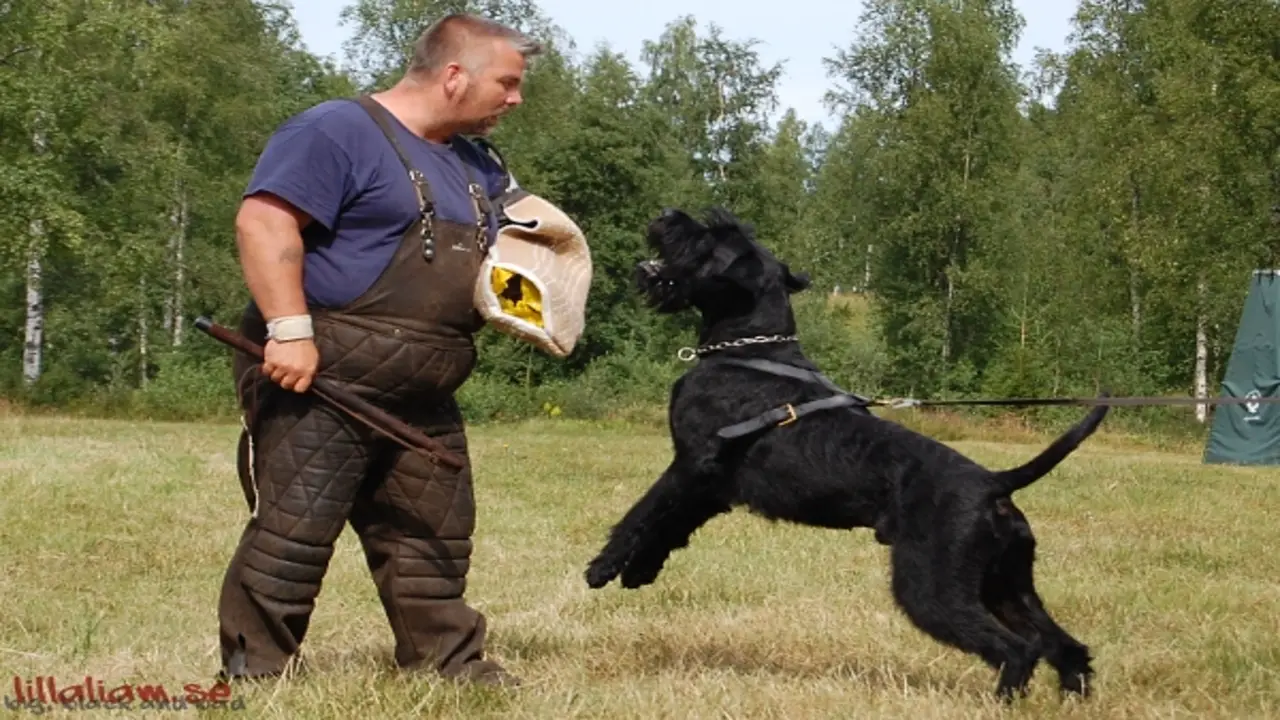
Training your dog to socialize with other dogs is an important part of being a responsible pet owner. It helps your dog learn how to interact with other dogs, which can prevent aggression and anxiety. Here are some tips for training your dog to socialize with other dogs:
- – Start with controlled introductions: When introducing your dog to a new dog, do it in a controlled environment like a dog park or a friend’s backyard. Keep both dogs on a leash and let them sniff each other while you monitor their behaviour.
- – Reward good behaviour: When your dog interacts with another dog in a positive way, reward them with treats or praise. This will reinforce good behaviour and encourage them to act appropriately around other dogs.
- – Be patient: Some dogs may take longer to warm up to other dogs, so be patient and don’t force interactions. If your dog seems uncomfortable or scared, give them space and try again later.
Seeking Professional Help For Aggressive Dogs
Biting other dogs’ legs can be a serious problem; owners should not take it lightly. This behaviour can be a sign of aggression and put other dogs at risk of injury. It is important to seek professional help for aggressive dogs to prevent the behaviour from escalating.
Professional help can include working with a certified dog trainer or behaviourist who can assess the dog’s behaviour and provide guidance on how to modify it. The veterinarian may also prescribe medication to help manage the dog’s aggression in some cases.
It is crucial to address the issue before the behaviour becomes a habit or leads to a more serious incident. Additionally, it is important to understand that there may be underlying reasons for the dog’s aggressive behaviour, such as fear or anxiety, that must be addressed.
Seeking professional help benefits the dog and ensures the safety of other dogs and community members. With proper training and management, aggressive dogs can learn to behave appropriately and peacefully around other dogs, making them happier.
Dog Biting Other Dogs-Legs: Immediate First Aid
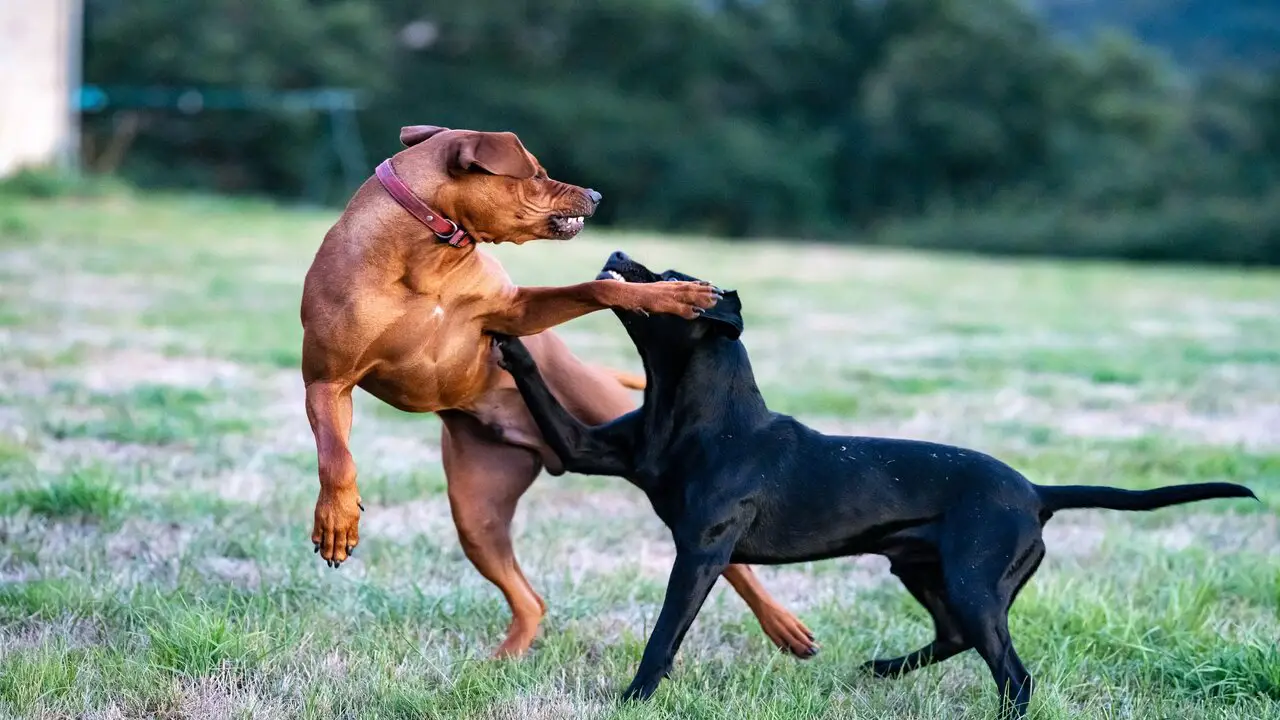
Dog biting other dogs’ legs can be a common occurrence in dog parks, and it’s crucial to know how to administer immediate first aid if such an incident occurs. Firstly, staying calm and assessing the situation before acting is essential. Here are some immediate first-aid steps if one dog bites another dog’s legs.
- – Remove the dogs from the area to prevent further attacks.
- – Check the injured dog for visible wounds or bleeding, and apply pressure to stop the bleeding.
- – If possible, clean the wound with water and an antiseptic solution.
- – Apply a sterile dressing to the wound and secure it with a bandage.
- – Keep the injured dog comfortable and calm until you seek veterinary care.
Cleaning And Disinfecting The Wound
If another dog has bitten your dog, the first step is to assess the severity of the wound. You can clean and disinfect it at home if it’s a minor wound. It’s best to seek veterinary attention if it’s a deep puncture wound or bleeding heavily.
Wash your hands thoroughly with soap and water to clean and disinfect the wound. Then, clean the wound with water and mild soap. Next, apply an antiseptic solution such as hydrogen peroxide or iodine to the wound to kill any bacteria that may have entered. Finally, apply a sterile bandage to the wound to keep it clean and dry. It’s important to monitor the wound.
Applying Pressure To Stop Bleeding
Dog biting other dogs’ legs can be a serious issue, leading to injuries, bleeding, and infections. Assess the severity of the bite and the extent of the bleeding. If the bleeding is profuse, take immediate action to stop it. You can start by applying pressure to the wound using a clean towel or cloth. This will help slow the bleeding and allow you to assess the injury better. If the bleeding is severe, seek immediate veterinary assistance.
Administering Pain Relief Medication If Necessary
Administering pain relief medication for a dog biting other dogs’ legs is not the appropriate course of action. Instead, it is important to address the behavioural issue and provide proper training and socialization for the dog to prevent further incidents.
It may also be necessary to seek the assistance of a professional dog trainer or behaviourist. In some cases, a veterinarian may prescribe medication to address underlying anxiety or aggression issues, but this should be done in conjunction with behavioural modification techniques and under the guidance of a qualified professional.
Monitoring For Signs Of Infection
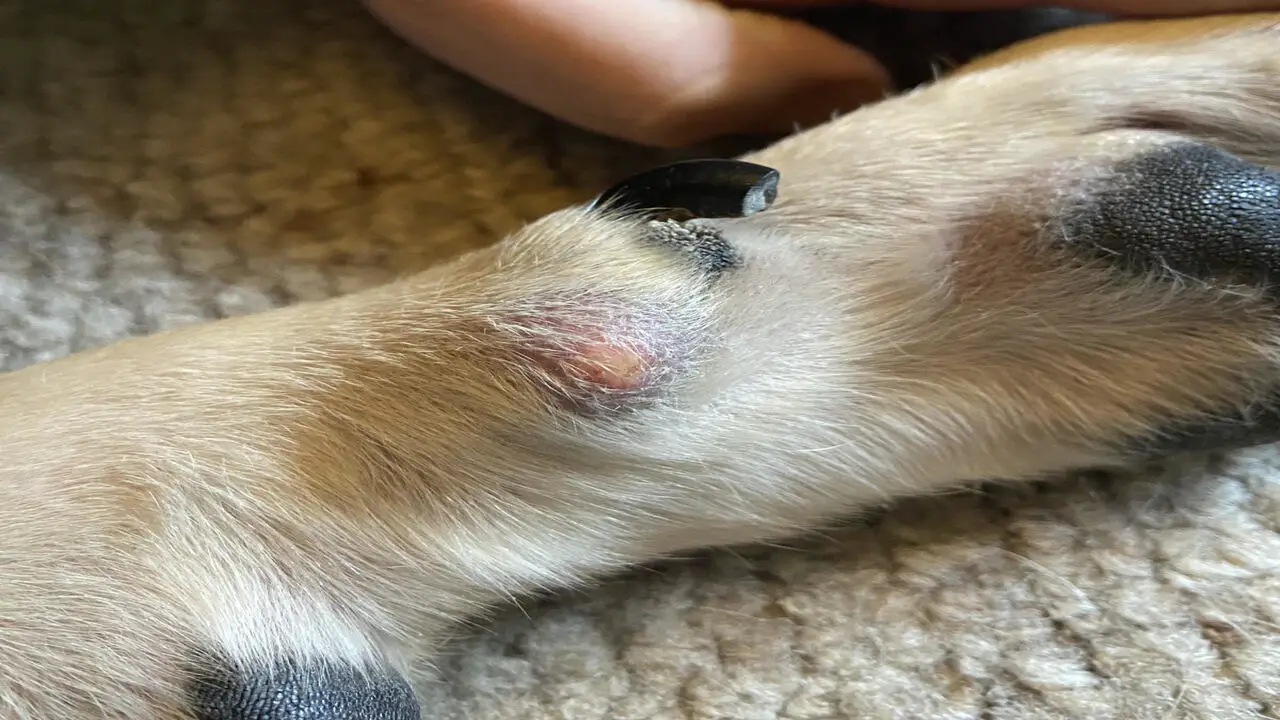
If a dog has bitten another dog’s legs, it is important to monitor the wound for signs of infection. Signs of infection may include redness, swelling, discharge, warmth, and pain. If any signs are present, taking the injured dog to a veterinarian for evaluation and treatment is recommended. Separating the dogs may also be necessary to prevent further aggression and potential injuries.
Conclusion
Dog biting other dogs legs is a concerning issue requiring pet owners’ attention. Understanding the underlying causes of this behaviour, ranging from fear and anxiety to territorial aggression is essential. Adequate socialization, training, and positive reinforcement techniques can help prevent this behaviour and promote healthy dog interactions.
It is important to seek professional help if the problem persists to ensure the safety of the affected dogs and those around them. As responsible pet owners, we must take the necessary steps to address any negative behaviours and provide a safe and supportive environment for our furry friends.
FAQ
1.Why Does My Dog Bite My Other Dog’s Legs When Playing?
Ans: It can also allow them to assert dominance over the other dog. However, if the biting becomes too aggressive or causes harm to the other dog, it is important to intervene and redirect their play behaviour.
2.How Do I Get My Puppy To Stop Biting My Other Dog’s Legs?
Ans: When you notice your puppy going towards your other dog’s legs, distract them with a toy or treat and redirect their attention elsewhere. Make sure your puppy has plenty of positive socialization experiences with other dogs so they learn appropriate play behaviour.
3.Why Is My Dog Biting My Other Dog?
Ans: There could be several reasons a dog is biting another dog, such as resource guarding, territorial behaviour, fear or anxiety, or dominance issues. It is important to observe the dogs’ behaviour.
4.Is It OK If Dogs Bite Each Other While Playing?
Ans: It is generally considered normal and acceptable if the dogs are playfully nipping and not causing harm or aggression. If the biting becomes aggressive or causes injury, it is not OK, and the dogs should be separated.
5.Why Do Dogs Bite Back Legs?
Ans: Dogs may bite their back legs for various reasons such as itching, fleas or other skin irritations, injury, nerve damage, or behavioural issues. Observing the behaviour and consulting a veterinarian to determine the underlying cause and provide appropriate treatment is important.

Aquarium passion is all about connecting with the aquatic life and providing education to the public on the importance of these creatures. We showcase a wide variety of marine life through our exhibits as well as working with schools to provide unique learning opportunities for students of all ages.

